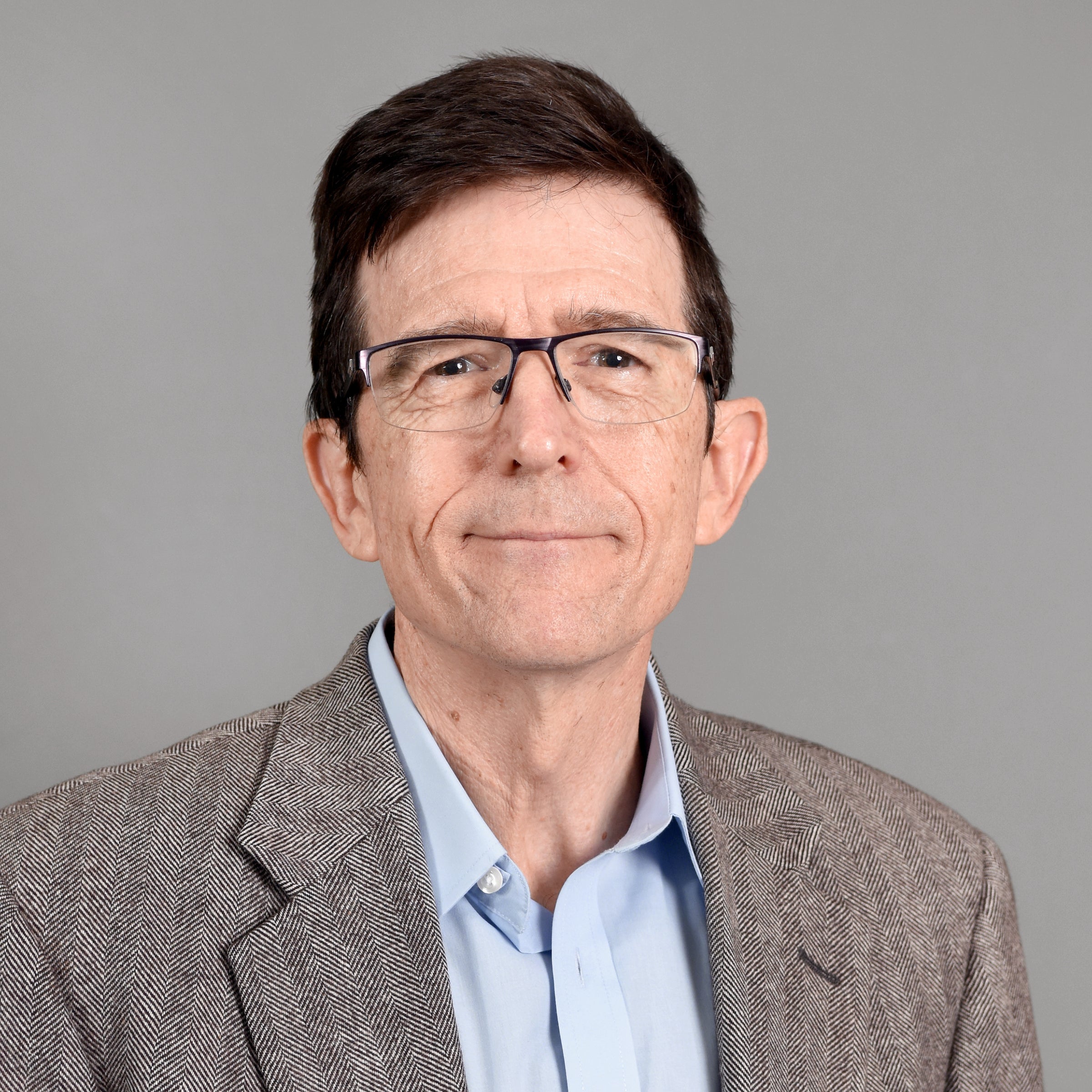The National Academy of Inventors has named Arizona State University professors Neal Woodbury and Sarma Vrudhula to the February 2020 class of NAI senior members.
Senior members are active faculty, scientists and administrators who have demonstrated remarkable innovation producing technologies that have brought, or aspire to bring, real impact on the welfare of society. They also have growing success in patents, licensing and commercialization.
“Both Dr. Woodbury and Dr. Vrudhula are richly deserving of this recognition,” said Sethuraman Panchanathan, executive vice president of Knowledge Enterprise and chief research and innovation officer at ASU. “Their commitment to advancing scientific discovery, their dedication to mentoring and their innovative approaches to research are inspiring. They are true exemplars in the realm of invention.”
This latest class of 35 NAI senior members represents 17 research universities, government and nonprofit research institutes, including Harvard, Ohio State University and the University of Southern California. They are named inventors on more than 368 issued U.S. patents.
RELATED: ASU jumps to top 10 in global patent rankings
“NAI member institutions support some of the most elite innovators on the horizon. With the NAI senior member award distinction, we are recognizing innovators who are rising stars in their fields,” said NAI President Paul R. Sanberg. “This new class is joining a prolific group of academic visionaries already defining tomorrow.”
Diagnostic systems based on high-density peptide arrays
Neal Woodbury
As ASU’s chief science and technology officer, Woodbury — a professor in the School of Molecular Sciences — exemplifies the university’s entrepreneurial spirit.
Woodbury is a distinguished sustainability scientist in the Global Institute of Sustainability as well as a faculty member in the Center for Innovations in Medicine in the Biodesign Institute. He is an expert in the field of electron transfer and photosynthesis but has relatively recently undergone a remarkable transformation to become a human disease detective to the extent of generating a number of patents, four of them licensed already.
“In close collaboration with Stephen Johnston, professor in the School of Life Sciences, we have developed a diagnostic approach based on high-density peptide arrays,” explained Woodbury.
“This approach effectively takes a complete profile of the repertoire of circulating antibodies in the blood. By analyzing this profile or 'immunosignature' as a function of disease state, signatures representing many different diseases have been identified.“
Johnston and Woodbury co-founded HealthTell Inc. based on this technology, and there are more than 20 publications describing the technology.
Woodbury has published more than 165 scientific publications and holds multiple patents, four licensed, one optioned and many pending.
Addressing a major problem in chip security and national defense
Sarma Vrudhula
Vrudhula, a professor of computer science and engineering in the School of Computing, Informatics, and Decision Systems Engineering, holds 17 patents with several others pending. Of the 17, one he is particularly proud of is a patent of a circuit that behaves like rudimentary binary neurons.
“This is really exciting because I'm embedding them in conventional logic circuits to improve their power consumption, reduce area all without sacrificing performance,” said Vrudhula, who leads the Center for Embedded Systems at ASU. “We recently applied for another patent of the same (type), but that employs flash technology.”
Vrudhula’s solution can address a major problem in chip security — namely, the issue of theft of integrated circuit technology by a foundry. This is a serious concern for the U.S. Department of Defense as there is currently no secure place in the U.S. to fabricate integrated circuits that go in defense hardware.
“Our approach will make copying or reverse-engineering an IC by a foundry completely useless,” said Vrudhula. “I am most excited about this at the moment. I'm collaborating with Professor Sunil Khatri from Texas A&M University on this technology.”
Vrudhula has worked in the VLSI CAD (very large-scale integration computer-aided design) area for nearly 30 years.
“My most valuable contributions have been in making circuits and systems energy efficient,” said Vrudhula. “That includes new circuit architectures and optimizing the operation of processors at run-time.”
For Vrudhula, the best part of the NAI honor is that he gets to involve students in his efforts to develop patentable technology.
“The students are very motivated by patents because it greatly increases their marketability after graduation,” he said. “The whole process has infused in them the attitude of creative risk-taking and exposed them to the challenges, responsibilities and rewards of entrepreneurial research.”
A full list of NAI senior members is available on the NAI website.
Writers Lanelle Strawder and Jenny Green contributed to this report. Top image by Geralt/Pixabay
More Science and technology

From food crops to cancer clinics: Lessons in extermination resistance
Just as crop-devouring insects evolve to resist pesticides, cancer cells can increase their lethality by developing resistance to treatment. In fact, most deaths from cancer are caused by the…

ASU professor wins NIH Director’s New Innovator Award for research linking gene function to brain structure
Life experiences alter us in many ways, including how we act and our mental and physical health. What we go through can even change how our genes work, how the instructions coded into our DNA are…

ASU postdoctoral researcher leads initiative to support graduate student mental health
Olivia Davis had firsthand experience with anxiety and OCD before she entered grad school. Then, during the pandemic and as a result of the growing pressures of the graduate school environment, she…


